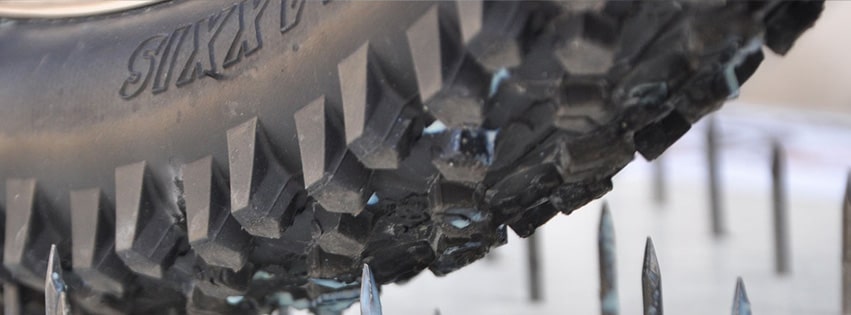How Sealant Works?
Let's talk about sealants and its working principles. Using sealant in your bicycle wheels has many advantages and it doesn't matter if you ride as a vehicle or for fun. Many curious people frequently asks how does it work?
In order to understand how it works, we need to examine the two main components of the sealant. The first one is the "milk", a white liquid (that's how it got its nickname), contains one or more dissolved rubbers in water. The other component is the "sand" which is a combination of small particles and fibers. The sand is solid and named like that by its look at the bottom of the bottle.

The idea behind many great inventions is simple and it is also true in this case. Inside the sealed tire the pressure is high (30-100 PSI) while the pressure outside the tire is lower (atmospheric pressure, 14.7 PSI), this differential pressure is the driven force of the sealing system. When a leak occurs because a sharp object (a nail for example) the high air pressure inside the tire pushes the sealant and the air through the hole. When the sealant arrive to the leaking hole the "milk" and the "sand" blocks it and seal it permanently.
For the sealant to work properly some conditions need to exist:
• Both components of the sealant must be inside the wheel in a proper ratio during all time.
• Proper amount of sealant per wheel.
• The air pressure inside the tire need to be between the right ranges.
• The operating temperature must be in the specific range of the product.
• The size of the holes in the tire must be between the smallest to the widest hole the sealant can seal.
• The sealant must reach to the air leaking hole.

